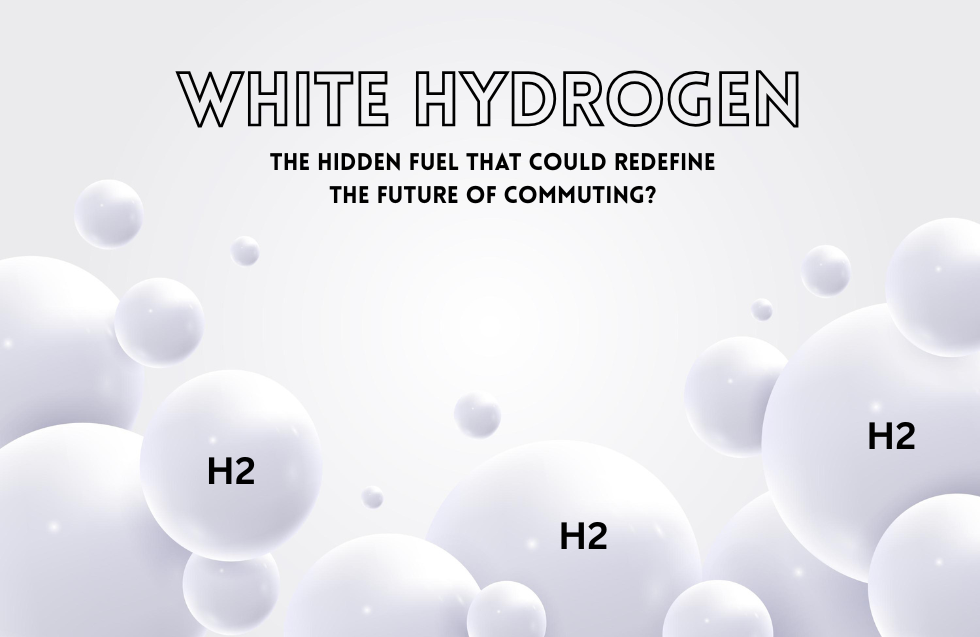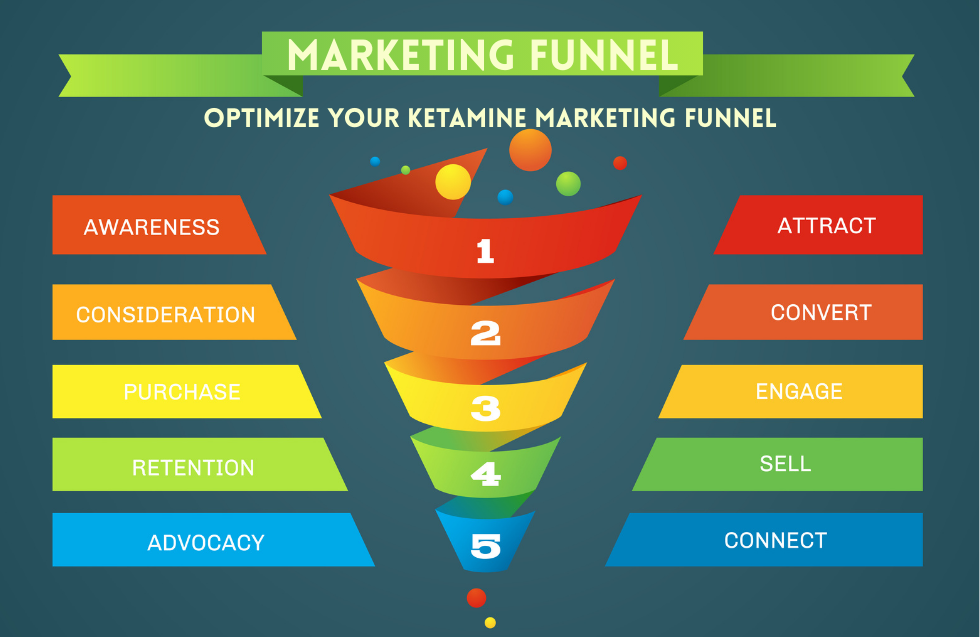In today’s digital economy, data is an invaluable resource for all businesses. That said, traditional data monetization strategies involve selling data as datasets, consisting of large and often defined amounts of data, or reliance on subscription-based access to retrieve content at a predetermined price. Companies are shifting towards more flexible encounters recognizing the advantages of scalable media-inspired micro-payment models, with tokenized online content being one area that is fundamentally changing how we buy, sell and make data available. This new bent on transaction possibilities has opened new revenue opportunities while improving control and security for businesses – especially small and medium-sized operations.
In this article, we will reflect on how micro-payments and tokenization are paving the future of data monetization while reflecting on some of the newest emerging trends that are changing the space.
What is Data Monetization?
Data monetization is the process of generating an income from data. Either by selling it directly or by using it to provide secondary value to products, services, or customer experience. In years past, companies collected data for subsequent internal use, traditionally to better their marketing methods or product development. But now with big data, so much more is possible! Organizations are monetizing their data like they never quite thought they could before, through selling it or unlocking its value in a smaller, much more impactful way. Micro-payments and tokenization are associated technologies that are paving the way for these smart, smaller-scale data transactions, creating opportunities for businesses irrespective of their size.
The Role of Micro-Payments in Data Monetization
Micro-payments are low-value transactions that can provide businesses the opportunity to sell single data points instead of entire data sets. Rather than having to sell stocks of data all at once, micro-payments allow data to be monetized continually, which in turn, even small companies can use to sell capable, smaller-grained data.
How Micro-Payments Work
Many industries, including media, IoT, and healthcare, have already used micro-payments to further the data monetization process. Now let’s get into it:
Content & Media: Instead of making users subscribe to whole services, companies can allow users to charge micro-payments for a simple article, a video, or research paper. This provide both flexibility to the consumer and the creator, and can lead to more sustainable revenue streams.
IoT and Smart Devices: IoT devices produce tons of continuing data like fitness tracking devices, smart thermostats, etc. With micro-payments, companies could sell individualized insights, including health metrics or energy use data, in an a la carte fashion. Companies can create revenue around selling specific insights rather than providing complete datasets as standard.
Healthcare: Micro-payments can even provide individuals with the means to monetize their personal health data, such as wearables metrics or anonymized medical records. Researchers and care providers could purchase small, of very specific datasets instead of bulk claims datasets or large datasets. This differs as not only is it cheaper but it allows for purchases to be fairly targeted.
Micro-payments work well for taking datasets, making them smaller sellable “chunks” and increasing scale for small businesses and more small businesses to enter the monetization game with data.
Tokenization: Making Data a Digital Asset
Tokenization, the process of converting data into a digital token that can be safely tradable on platform, allows businesses and individuals sell, trade, or lease one’s data in a decentralized manner while increasing transparency, privacy, and security for data creators.
How Tokenization Enhances Data Monetization
Tokenizing data creates a much wider range of options for how businesses can manage, sell, and buy data:
Decentralized Markets: With tokenized data, businesses can go directly to consumers without a middleman. The decentralized marketplace reduces processing between buyers and sellers while providing lower transaction costs, while data owners have greater agency. There are several companies like Ocean Protocol and Filecoin that have recently started blockchain-based decentralized data marketplaces for tokenized data. All of them allow buyers and sellers to buy and sell data without the middleman or third parties.
Data Privacy and Control: With tokenization data owners can retain more control over who uses data, how it is used. Blockchain technology allows for a direct, secure and encrypted transaction method that promotes a more transparent method of data exchanges while being able to retain control over their privacy rights.
Security and Transparency: Blockchain provides an immutable ledger therefore securing the transaction and verifying every transaction of tokenized data. The buyer and seller can trace the provenance of the data, which reduces the opportunity for fraud, or unauthorized use.
Emerging Trends in Micro-Payments and Tokenization
There are a few trends that are driving the uptake of micro-payments and tokenization in the data monetization space:
Blockchain For Ownership and Data: Blockchain is at the center of data tokenization. The decentralized nature of blockchain allows businesses and consumers to own their data and develop tokenized exchanges on different decentralized platforms. This is providing more users and businesses the opportunity to monetize their own data.
Pay Per Data Point: The traditional subscription model is now being replaced with pay-per-data-point systems. These systems allow businesses to buy exactly the data needed, reducing waste and improving the speed to data transactions.
Privacy/Security: The amount of time and space allocated to privacy concerns is growing, and data owners are looking for ways that allow them to monetization their information without them building this into usability. Tokenization with blockchain, offers a form of security for everyone exchanging data while maintaining control of the data and how it is used.
Benefits of Micro-Payments and Tokenization
These technologies have many benefits:
Scalability: Both technologies are scalable when it comes to data monetization. Micro-Payments or tokenization of data allows users to convert data into smaller data units or tokens while allowing an efficient exchange of the data with a wider market.
Low-Cost: Micro-payments make small transaction fees work for businesses without middle-men, making data monetization more affordable for smaller-sized operations.
New Revenue Streams: The technology used with these new practices unlocks revenue potential for businesses by monetizing data from selling specific data points, leasing tokens, or using pay-per-person use scenarios.
Conclusion: An Emerging Future for Data Monetization
Micro-payments and tokenization are helping shape a new future for data monetization, with improvements to accessibility, security and the value of data. Businesses that want to take advantage of the new data economy are starting to use the emerging technology now which will allow scalable and previously unused data for potential revenue.
Blockchain and micro-payment systems are quickly improving and have the potential to help shape the future data economy on a larger scale.Now is the time for businesses to begin to adopt micro-payments and tokenization to develop new revenue streams and improve the decentralized, transparent, and efficient data economy we are all hoping to establish today.













